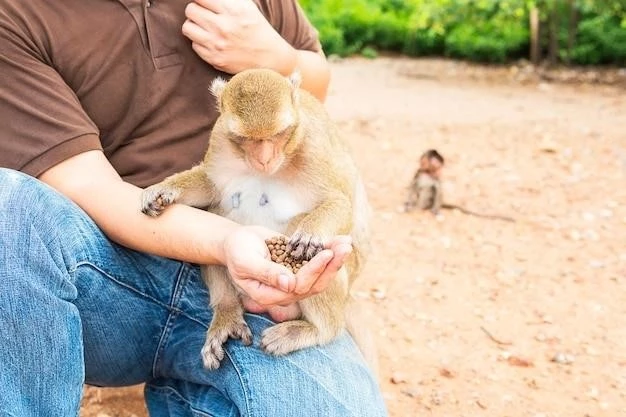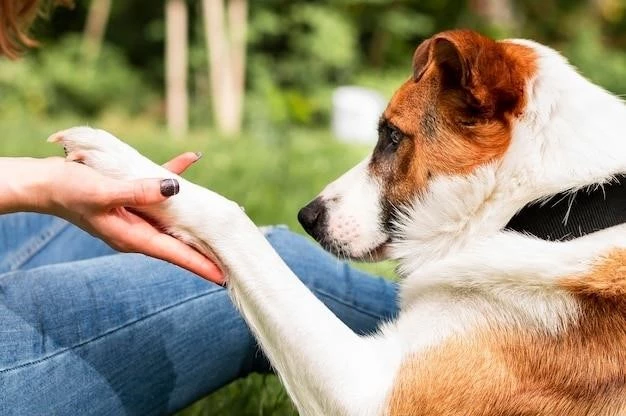Beyond Words: How Animals Communicate Through Touch
We often think of communication as something that happens through words or sounds. But for many animals, touch is a primary way of interacting with the world and each other. It’s a language all its own, filled with subtle nuances and powerful meanings. I’ve always been fascinated by animal behavior, and one of the things that intrigues me most is the role of touch in their communication. So, I decided to dive deeper into this fascinating world and explore the diverse ways animals use touch to connect, express, and navigate their social landscapes.
I started my journey by observing my own cat, Luna. Luna is a very affectionate cat, and she uses touch constantly to communicate with me. She’ll rub against my legs to show me she’s happy, or she’ll gently nudge my hand with her head to ask for attention. These seemingly simple actions are actually rich with meaning. The gentle rubbing of her body against mine releases pheromones, sending a message of comfort and familiarity. The head-bump is a way of saying “I like you” and seeking out a moment of connection.
I also began to notice touch playing a crucial role in the lives of other animals. While watching a documentary about chimpanzees, I was amazed to see how they used touch to establish dominance, resolve conflicts, and even to groom each other. Grooming, in particular, is a fascinating example of how touch can be used for more than just physical hygiene. It’s a way for chimpanzees to strengthen bonds, show affection, and even apologize for past transgressions.
Then, during a visit to the zoo, I observed a herd of elephants interacting with each other. Their use of touch was incredibly powerful. They would use their trunks to touch each other gently, as if to reassure each other, and they would often stand close together, their bodies touching, as a sign of comfort and support. This closeness wasn’t just physical; it was a profound way of communicating their deep emotional connection.

The Language of Touch
Through my observations, I began to understand that touch is a language that transcends species. It’s a language that speaks volumes about relationships, emotions, and social dynamics. Here are just a few examples of how animals use touch to communicate:
- Affection and Bonding: Animals use touch to show affection and strengthen bonds with their mates, young, and members of their social group. From the gentle nuzzles of a mother dog with her puppies to the playful wrestling of a pair of otters, touch is a key element in building and maintaining close relationships.
- Dominance and Hierarchy: In many animal societies, touch is used to establish dominance hierarchies. For instance, a dominant wolf might use a paw or nose to nudge a subordinate wolf, asserting their authority. These seemingly small acts can have a big impact on the social dynamics within a group.
- Communication of Emotions: Touch can also be used to communicate a wide range of emotions, from fear and anxiety to joy and excitement. A fearful animal might huddle close to others for comfort, while a playful animal might use touch to initiate a game.
- Grooming and Hygiene: Grooming is a common form of touch communication among many animals. It serves a practical purpose in keeping the animal clean and healthy, but it also plays a significant role in social bonding and conflict resolution.

The Importance of Touch
It’s clear that touch is a vital part of communication for many animals. It’s a language that goes beyond words and sounds, allowing animals to express a wide range of emotions and create strong social bonds. By understanding the role of touch in animal communication, we can gain a deeper appreciation for the complexities of the animal world and the many ways that animals interact with each other.
My journey into the world of animal touch communication has been a truly enriching experience. It has opened my eyes to the incredible diversity of animal communication and the importance of touch in their lives. I encourage you to observe the animals around you and see how they use touch to communicate with each other. You may be surprised by what you discover.










